- Home
- About Us
- Products
-
Heat-Pump Dehumidifier DeAir
 DeAir.RE
DeAir.RE -
Heat-Pump Dryer DeAir.RE-H
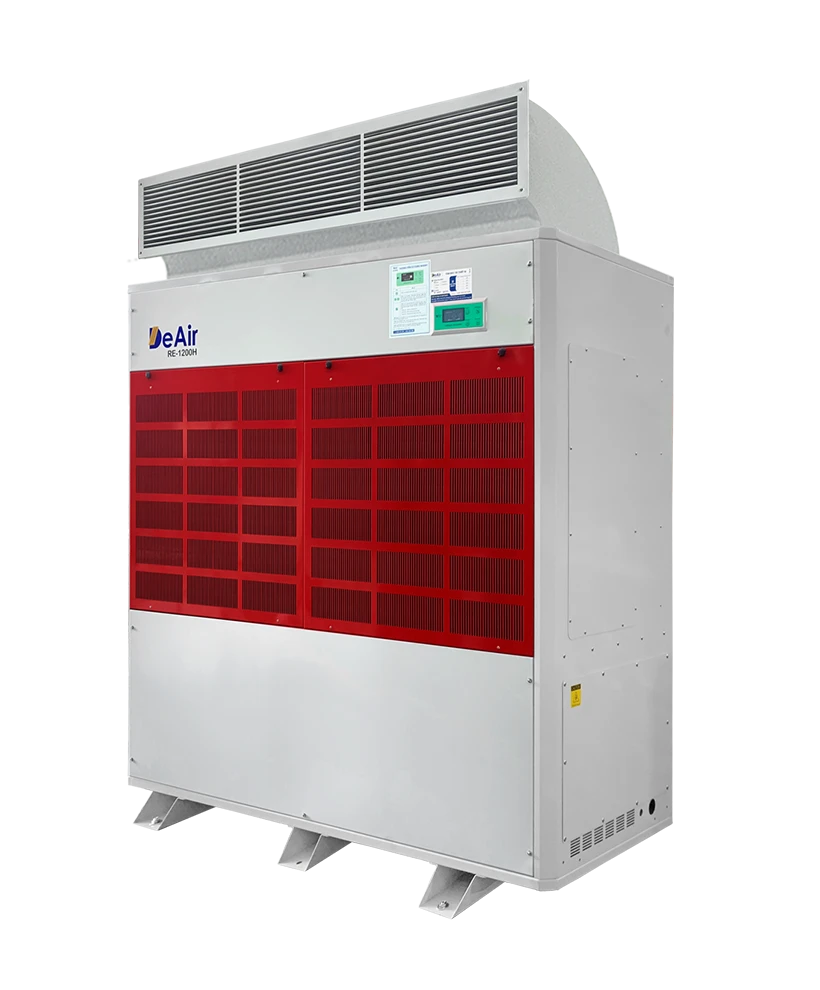 DeAir.RE-H
DeAir.RE-H -
Heat-Pump Stainless Steel Dehumidifier
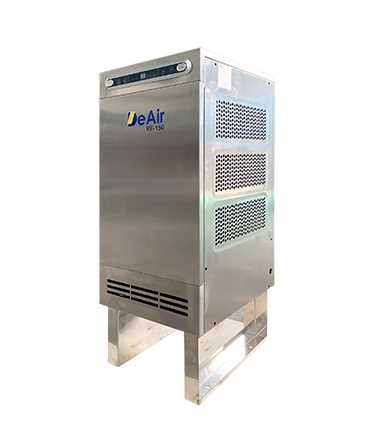 DeAir.RE-INOX
DeAir.RE-INOX -
Heat-Pump Isothermal Dehumidifier DeAir.CRE
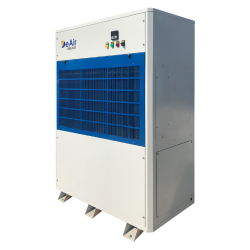 DeAir.CRE
DeAir.CRE -
Dezenno Dehumidifier
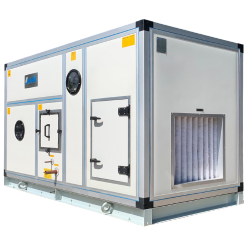 Dezenno
Dezenno -
Heat-Pump Ceiling Mounted Dehumidifier DeAir
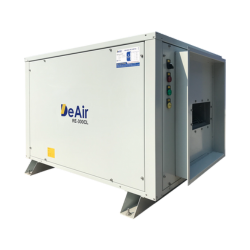 DeAir.RE-CL
DeAir.RE-CL -
Dehumidifier Olmas
 Olmas-OS
Olmas-OS -
Industrial Humidifier DeAir
 DeAir.HM
DeAir.HM -
Heat-Pump Dryer Daxwell
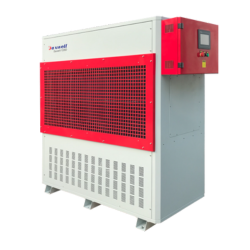 Daxwell
Daxwell -
Electric Duct Heater DeAir
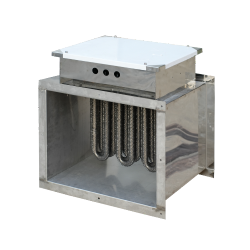 DeAir.Heat
DeAir.Heat -
Air Handling Unit Dezenno.MAX
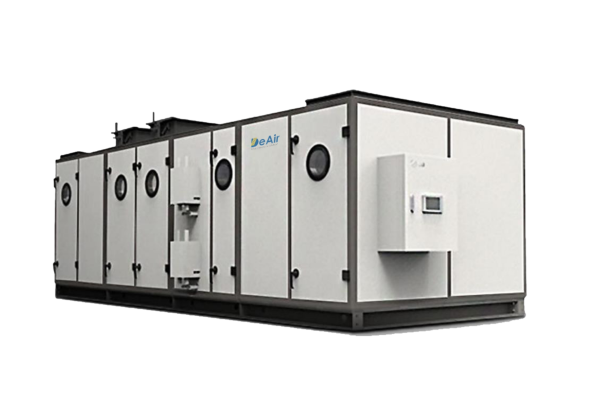 AHU
AHU
-
- Services
- Projects
- Warranty – Maintenance
- News
- Contact
The Effect of Thickness on the Drying Process: The Secret to Optimizing Time & Energy
15/05/2024
Why do some products in the same drying batch come out bone-dry while others remain moist inside? Why does your drying time extend longer than expected, costing you in energy bills? One of the most significant yet silent culprits is the thickness of the material being dried.
Understanding the effect of thickness is not just scientific knowledge; it's the key to helping businesses optimize their profits. In this article, DeAir's experts will provide an in-depth analysis of this issue and offer effective technological solutions.
Material Thickness: The Silent Factor Directly Impacting Your Bottom Line
In production, overlooking the factor of thickness can lead to many costly consequences:
- Prolonged Drying Times, Increased Energy Costs: Thicker products require more time to dry completely. If an entire batch has to wait for the thickest pieces, you are wasting hours of machine operation and significant amounts of money on electricity.
- Reduced Production Throughput: Longer drying times mean fewer batches can be processed in a day, directly affecting the overall productivity of your facility.
- Inconsistent Product Quality: This is the most serious issue. In a batch with varying thicknesses, the thin pieces will become over-dried, potentially burning or changing color, while the thicker pieces remain damp inside.
- Risk of Spoilage and Mold: Products that are still moist after drying will quickly develop mold and spoil once packaged, leading to losses and damaging your brand's reputation.
The Science Explained: Why Thicker Means Slower Drying
The drying process involves moisture moving from the center of the material to the surface, where it is then carried away by a stream of warm, dry air. The thickness of the material directly affects the distance this moisture must travel.
The thicker the material, the longer the path for moisture to travel from the center to the surface, resulting in a slower diffusion rate and a longer overall drying time.
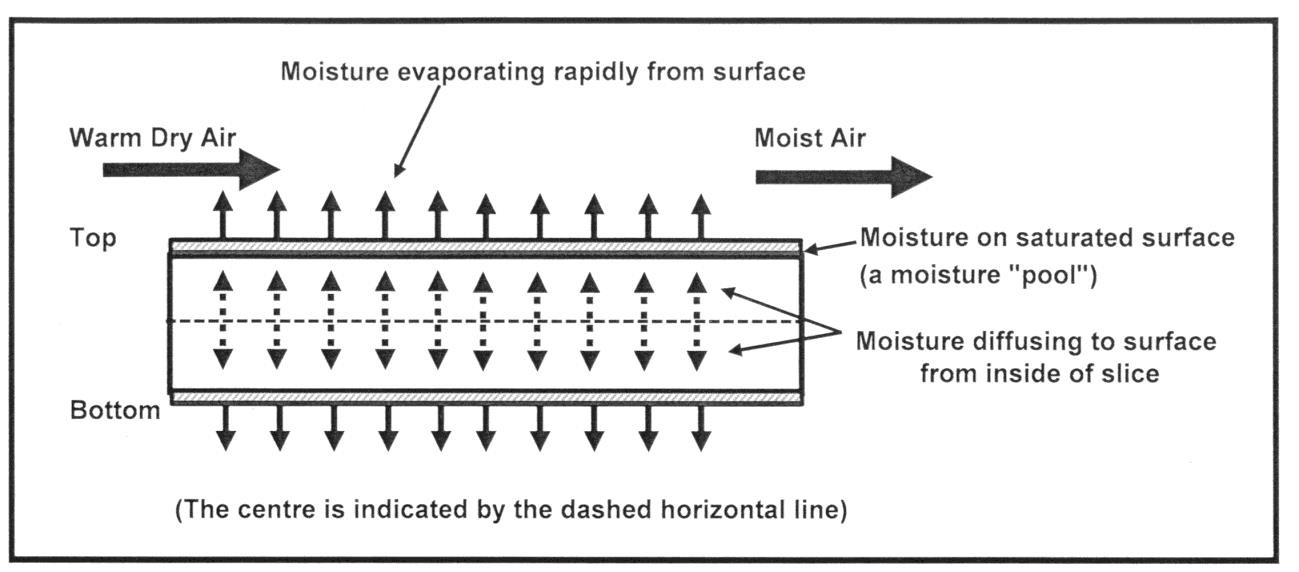
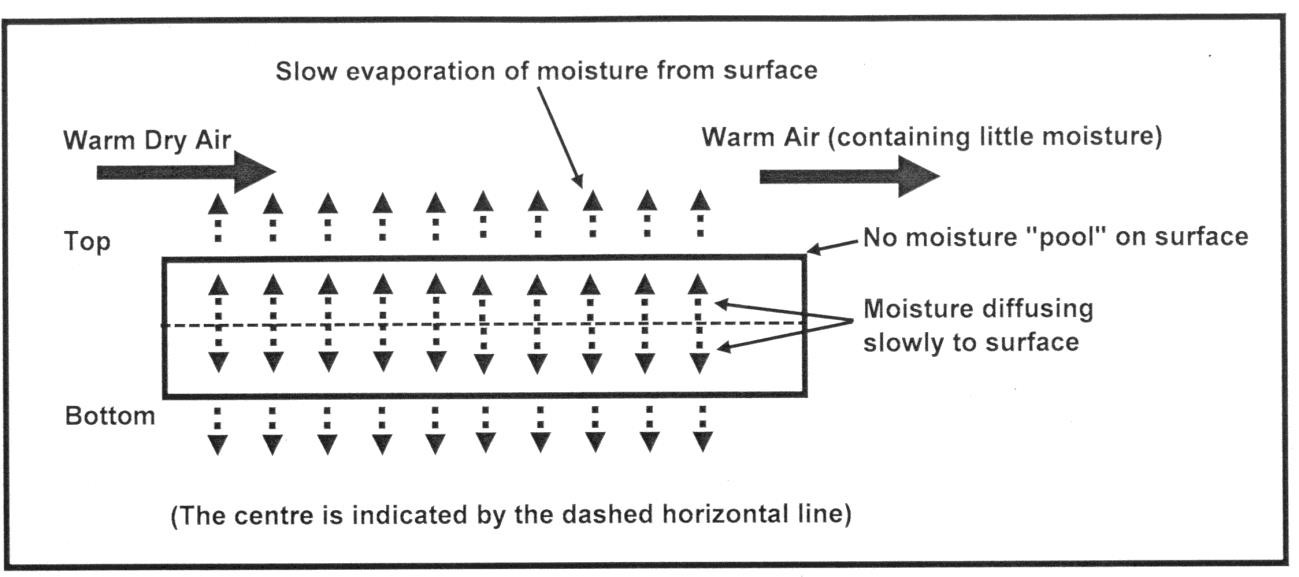
The chart below clearly illustrates the effect of thickness on the drying process of apple slices under the same drying conditions (50°C, air speed 0.5 m/s). Although the data is for apples, this principle applies equally to other fruits, vegetables, and medicinal herbs.

From the chart, we can see that the curve for the 0.8 cm slice is the least steep, indicating the slowest rate of water loss. The time required for the 0.4 cm slice to reach a certain moisture content is significantly shorter than that for the 0.6 cm and 0.8 cm slices.
3 Golden Rules for Optimizing the Drying Process Based on Thickness
Based on the analysis above, DeAir suggests 3 practical tips you can apply to your production process immediately:
- Standardize Material Thickness: This is the most crucial step. Invest in high-precision slicers or cutters to ensure that the product pieces in a single drying batch are as uniform in thickness as possible.
- Sort Materials Before Drying: If achieving absolute uniform thickness is not possible, take the time to sort products into batches of similar thickness (e.g., thin, medium, and thick lots) and dry each lot separately.
- Set Appropriate Drying Programs: Each batch of products with a different thickness will require a different drying program (time, temperature, humidity). Do not apply a one-size-fits-all formula.
How DeAir's Drying Technology Helps You Overcome the Thickness Challenge
Manual optimization can be time-consuming and labor-intensive. This is where DeAir's modern drying technology comes into play.
All of DeAir's industrial Heat Pump dryers not only help save 50-70% in energy compared to traditional heat drying but are also equipped with smart control technologies to solve the thickness problem:
Specifically, the Daxwell Heat-Pump Dryer line is equipped with a PLC controller and HMI screen, allowing users to:
- Program and save multiple drying cycles: You can create separate programs for different products with varying thicknesses (e.g., "5mm Mango Slices," "1cm Pineapple Fish," "7mm Dragon Fruit"...).
- Control each stage with precision: For each program, you can set the temperature, humidity, and duration for different drying stages, ensuring thick products are processed correctly without damaging thin ones.
This technology helps to automate and standardize the process, ensuring that 100% of drying batches achieve consistent, uniform quality, regardless of the initial material thickness.
CONTACT US FOR AN OPTIMIZED DRYING SOLUTION
Don't let product thickness affect your bottom line. Contact DeAir for a consultation on a high-tech drying solution that best fits your production process.
DEAIR JOINT STOCK COMPANY
Email: operation@deair.com.vn
Hotline: 0925 977 579 (Ms. Tâm) | 0914 205 850 (Ms. Hòa)
Website: deair.com.vn
Sign up for news from DeAir
Related news






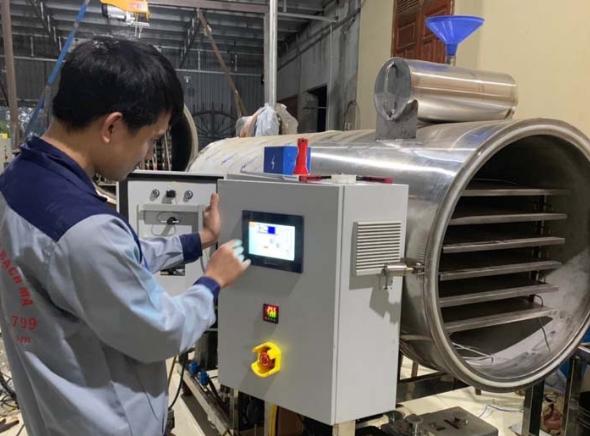



![[Case Study] DeAir Installs DeAir.De Rotor Humidity Control System for Pharmaceutical Plant in Binh Duong [Case Study] DeAir Installs DeAir.De Rotor Humidity Control System for Pharmaceutical Plant in Binh Duong](https://deair.com.vn/thumbs/news/2023_04/ban_giao_may_cho_duoc_bd/[270x153-cr]image1-1024x772.jpg__cv.webp)

![[Review & Guide] Olmas OS-300: The New Humidity Control "Warrior" for Medium to Large Warehouses [Review & Guide] Olmas OS-300: The New Humidity Control "Warrior" for Medium to Large Warehouses](https://deair.com.vn/thumbs/news/huong_dan_su_dung_may_olmas_21/[270x153-cr]vtm06440.png)